Photofest Seinfeld , a show about nothing, remains today as something that people can return to time and time again. Some come for the humor and writing, simple observations about the funny in everyday life. Others love the main characters, selfish and self-involved though they may be.
From one simple conversation that started between two comedic geniuses at the Catch a Rising Star comedy club in New York and ended inside Lee’s Market, a Korean deli across the street, Jerry Seinfeld and Larry David formulated the gold standard for television humor.
Seinfeld and David devised a simple formula: small stories based on insignificant problems that spiraled into bigger consequences. Along the way, they followed what they found funny. The leading characters didn’t go on emotional journeys. They selfishly kowtowed to their own neurotic tendencies, helplessly failing to become the masters of their domain as they envisioned.
On set, David had a simple motto, “No hugging, no learning.” From day one, the show adhered to the spirit of those words. In doing so, it went against all the rules mandated by television executives. To NBC’s credit, it did give the creators the freedom to do what they wanted.
From its first episode, dropped mid-summer in 1989 — a time of year on the TV calendar known as “garbage dump theater” for pilots, Seinfeld would eventually grow into nothing short of a TV phenomenon. Time is the ultimate judge of the enduring quality in creativity. In that regard, Seinfeld remains funny yesterday, today and tomorrow.
To celebrate the 20th anniversary of Seinfeld‘s May 14, 1998, series finale, The Hollywood Reporter sifted through more than 70 hours of previously unreleased interviews recorded for the DVD release as the cast, creators and others involved share secrets from TV’s favorite show about nothing.
Auditions
Kramer on the written page took a while to transform into the multifaceted Cosmo Kramer. David originally envisioned the character as a mirror of his neighbor, Kenny Kramer, who walked around in a robe all day, rarely left the apartment building and often raided his refrigerator.
During casting, the show tried to match that character to performers ranging from Joe Pesci, Eugene Levy and David Letterman’s band leader, Paul Shaffer. Jeffrey Tambor, Tony Shalhoub and James Cromwell came in for auditions. A character actor named Steve Vinovich eventually took the lead position, until Michael Richards surfaced. Richards brought an unmatched intensity and physicality to the role. According to castmembers, Richards transformed Kramer from a slower and dumber character into one where the character considered himself ahead of all others.
Because David didn’t want to be on camera, he made George Costanza his voice with one major difference. Whereas David felt guilt for his actions and thoughts, George didn’t — unless he was caught. For the role, the show considered among others, Anthony Edwards, Nathan Lane and Brad Hall. Jason Alexander, on Broadway at the time, knew about Seinfeld, from having been an extra several years ago for a series of Maxwell House commercials starring comedians including Seinfeld. Alexander felt the pages he received for the audition read like Woody Allen, so he bought glasses for his taped audition and read the lines like Allen. When he came to L.A. and tested with Seinfeld, everybody knew they had their George.
Elaine Benes (originally Eileen) came about via a note from the network, after the pilot, asking for a female character to draw women to the show. The pilot did have a waitress, Lee Garlington, but she disappeared in part because the actress made the faux pas of trying to rewrite David’s pages.
David based Elaine on an old girlfriend, Monica Yates, one of his few exes who was still talking to him. Some of the callbacks included Megan Mullally, Patricia Heaton and Rosie O’Donnell. Julia Louis-Dreyfus, at the time, had a holding deal at Warner Bros. Television to develop her own series. That deal expired without her having found a script. She came in and won the role of Elaine on her first day of free agency. David said Louis-Dreyfus elevated the show. Alexander, however, initially felt threatened by Louis-Dreyfus’ role because he thought an attractive female best friend would dwarf his part. Those concerns quickly disappeared, however, when he met Louis-Dreyfus and saw her work. They both would eventually wind up trading dialogue.
The Pilot
Seinfeld first aired as The Seinfeld Chronicles. In the original script, David and Seinfeld named it The Stand-Up. That fell in line with the show’s original premise, a one-camera special to air in Saturday Night Live‘s spot during a rerun week. The show would follow Jerry and a comedian friend over the course of a few days or weeks. Jerry would turn those experiences into stand-up material. At the end of the show, he’d perform his routine.
The experiences were supposed to come from Seinfeld’s existing material. A scene from the pilot in the laundromat actually came from his act. That idea however, quickly proved too difficult. Seinfeld only had so many bits. As a result, David and Seinfeld reversed the process, with the comedian writing stand-up based on a story. The network also thought too many comedians spoil the broth, so they changed Jerry’s friend to a real estate agent for contrast.
The pilot filmed at Desilu studios in Hollywood, on the same stage as the old Dick Van Dyke Show. In fact, Seinfeld’s coffee shop came to rest on the same spot as Rob Petrie’s living room.
The episode today feels like a work in progress, humor in search of a voice. Perhaps the biggest problem came with the lack of Elaine. You can notice other nuances too. Because they still hadn’t gotten the real Kramer’s permission to use his name, they defaulted to different iterations such as Hoffman and Kessler. In fact, if you see the pilot in syndication, you can hear the name Kessler several times.
Elaine Benes (originally Eileen) came about via a note from the network, after the pilot, asking for a female character to draw women to the show. The pilot did have a waitress, Lee Garlington, but she disappeared in part because the actress made the faux pas of trying to rewrite David’s pages.
David based Elaine on an old girlfriend, Monica Yates, one of his few exes who was still talking to him. Some of the callbacks included Megan Mullally, Patricia Heaton and Rosie O’Donnell. Julia Louis-Dreyfus, at the time, had a holding deal at Warner Bros. Television to develop her own series. That deal expired without her having found a script. She came in and won the role of Elaine on her first day of free agency. David said Louis-Dreyfus elevated the show. Alexander, however, initially felt threatened by Louis-Dreyfus’ role because he thought an attractive female best friend would dwarf his part. Those concerns quickly disappeared, however, when he met Louis-Dreyfus and saw her work. They both would eventually wind up trading dialogue.
Jerry and George’s parents both began with different actors that didn’t quite work. In the case of George’s dad, producers decided it would be more fun to have someone who could set off fireworks with his wife and raise George’s angst. Enter Jerry Stiller as Frank Costanza.
Click here to view original web page at www.hollywoodreporter.com

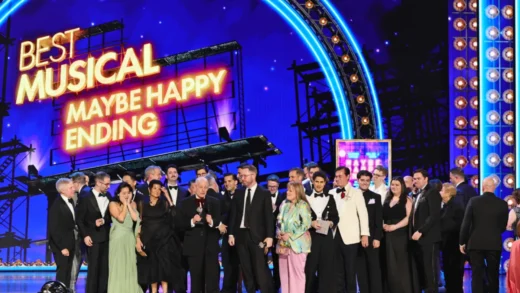
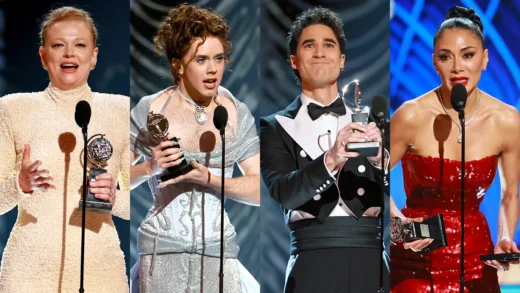

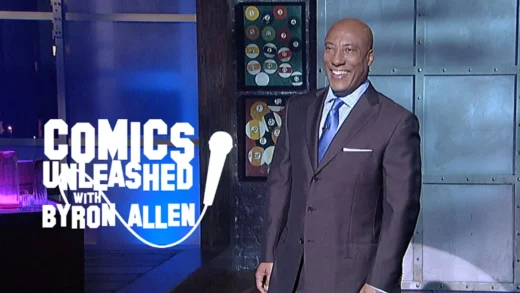
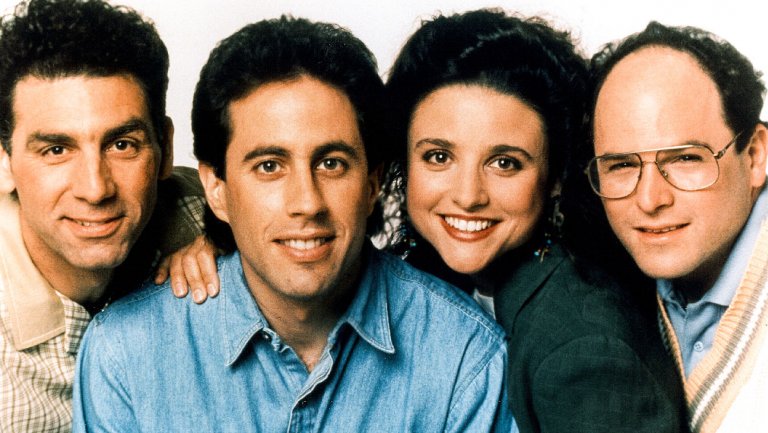
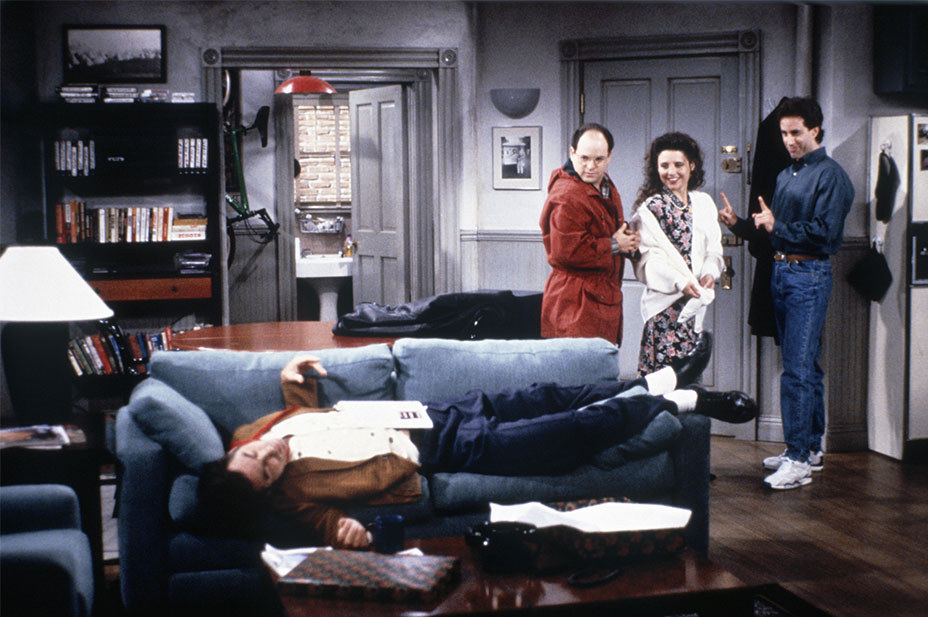
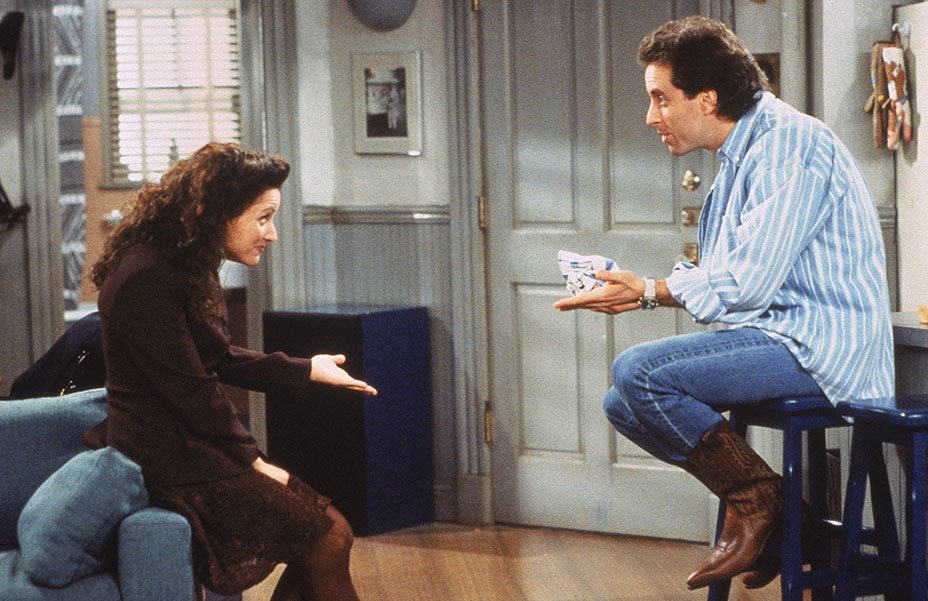 [the_ad id=”7641″]
[the_ad id=”7641″]